William Pender, my great-great-grandfather.
When William Pender was born in July 1836 in Stockbridge, Midlothian, his father, Daniel, was 35 and his mother, Barbara, was 38. He married Georgina Gregory Pender (born Paterson) on 31 December 1854 in St Cuthbert’s, Midlothian. They had ten children in 19 years. He died on 29 December 1906 in Edinburgh, Midlothian, at the age of 70, and was buried in North Merchiston, Midlothian.
Raeburn Place, probably best known for the first international rugby match.
At that time, Stockbridge was a rural suburb just north of Edinburgh. In the early 1800s, Raeburn Place began to develop on land that had previously belonged to the portrait artist Sir Henry Raeburn. Wealthier families built Georgian villas and tenements there, many with large private gardens. The street was named after Raeburn, whose land was developed after he died in 1823.
When William was 15, his family moved to Deanhaugh Street, and a few years later, they settled on Allan Street, both in Stockbridge. Around this time, William started working as a cabinetmaker. At 18, he married Georgina Paterson at St. Cuthbert’s Church.
William and Georgina moved homes several times over the years and raised a big family of ten children: four daughters and six sons.
He was born at 6 Raeburn Place in Stockbridge, a three-storey tenement with a pub on the ground floor where I have had a pint many times. He stayed in the area until he married at 18, then he and his wife moved across the city to 53 High Street. This is one of Edinburgh’s oldest surviving residential buildings, on the Royal Mile next to the more famous John Knox House. The tenement was built in 1477 and has hosted notable residents. Moubray House was originally part of a small group of medieval buildings. The property was subdivided several times and operated as a Temperance Hotel and lodgings for part of the nineteenth century, known as “John Knox’s Temperance Hotel” or “Netherbow Temperance Hotel”. This period coincides with the Penders’ move from Stockbridge.
The first photograph, probably from the late 19th century, shows the McLeod Temperance Hotel and Lodgings. The middle image is from the 1861 census, showing William, Georgina, and three of their children living at 53 High Street. The third photograph shows the building as it is today. The picture below is another shot of the Lodgings, probably from a little earlier. It’s in very poor condition but shows the Netherbow Wellhead. Behind the well, there is a shop selling “Fish and Tripe Suppers, Chipped Potatoes and Fried Fish, 2d”. A few years beforehand, the establishment owner had caused some controversy when it was reported that “a vandal of a coffee-house keeper who has taken a portion of the house facing the Tron Church has, in glaring black letters on a white ground, painted ‘John Knox’s Coffee House.'” (The Graphic, 19 Aug 1876). You can also see a Victorian policeman next to the horse and cart.

After living in Fyffe’s Close and on Queen’s Terrace, as well as Carnegie Street and 6 Salisbury Street (where Georgina died), he moved into the home of his father-in-law, Robert Galloway, on 10 Salisbury Street, where he died in 1906.
Unlike many of the Galloway, Barclay, and Pender family members, he was buried at North Merchiston instead of Calton Cemetery. The Athletic Arms on Angle Park Terrace, also known as “Diggers,” is situated between North Merchiston and Dalry Cemeteries. It’s a pub I visit often. Who knows, maybe after their shift on 2 January 1907, the grave diggers stopped in for a pint?

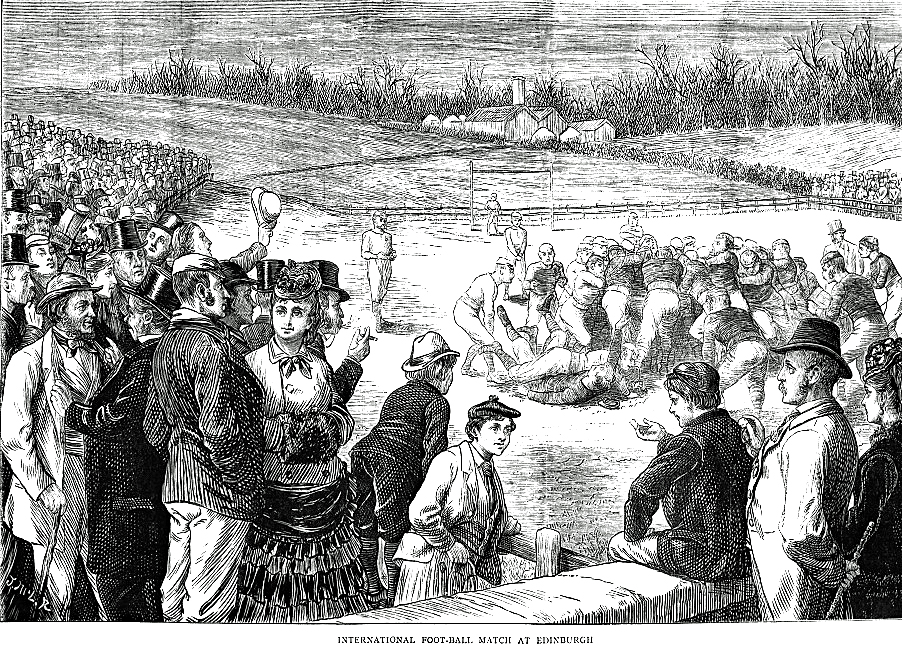
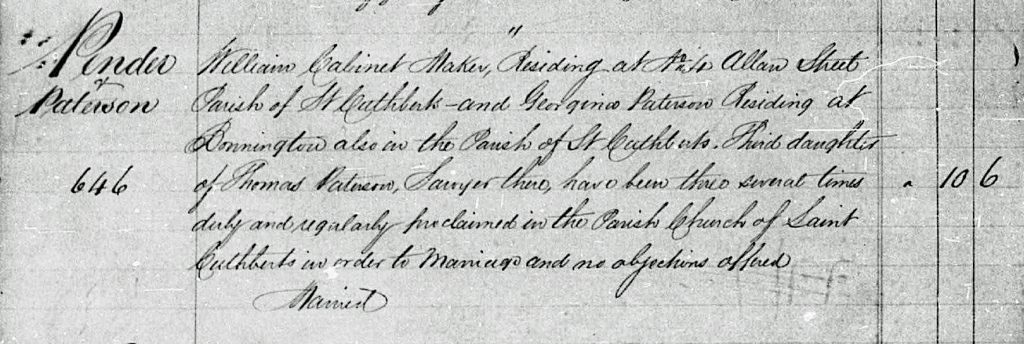
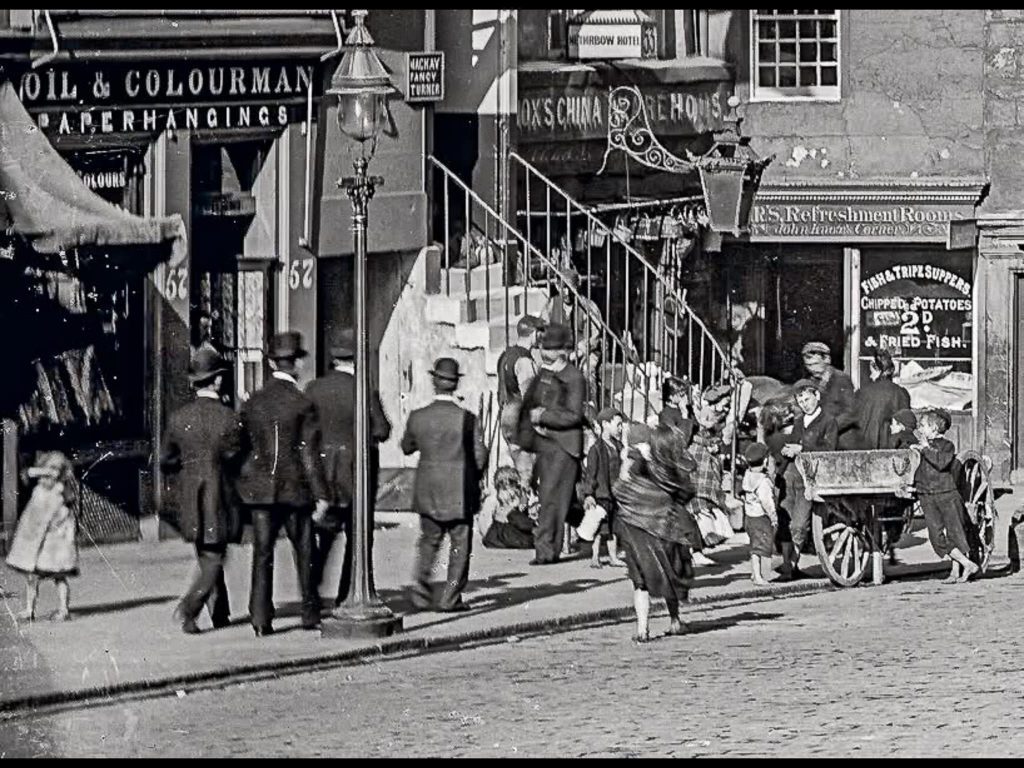
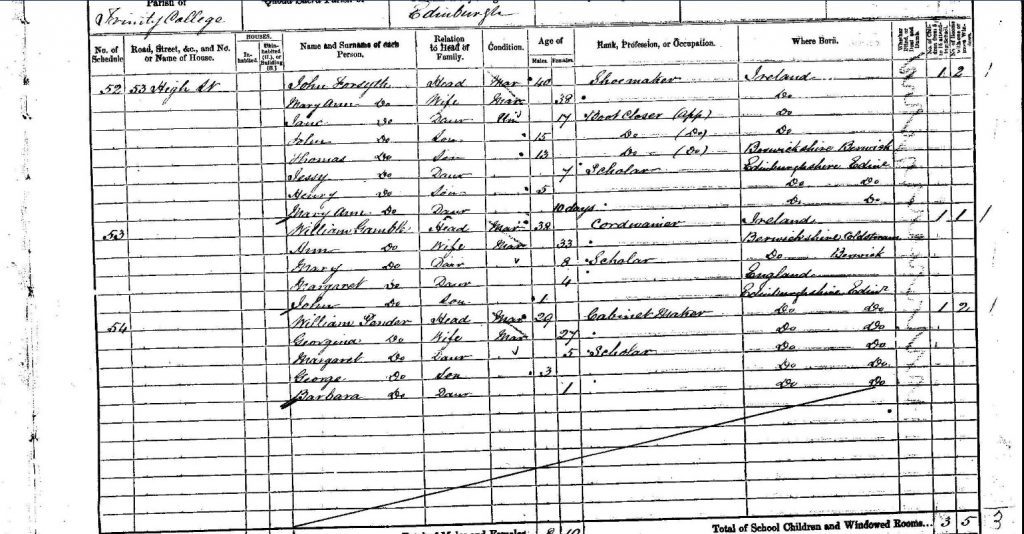

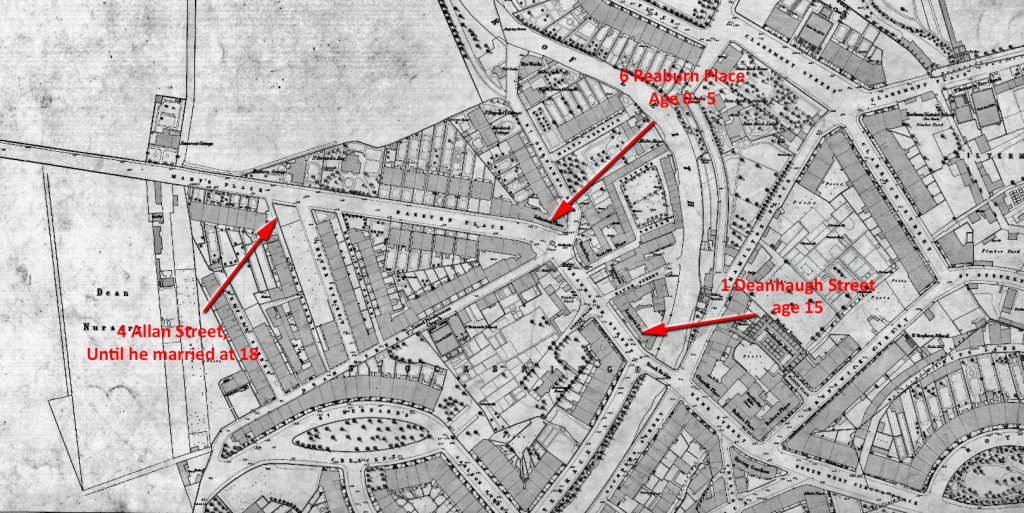
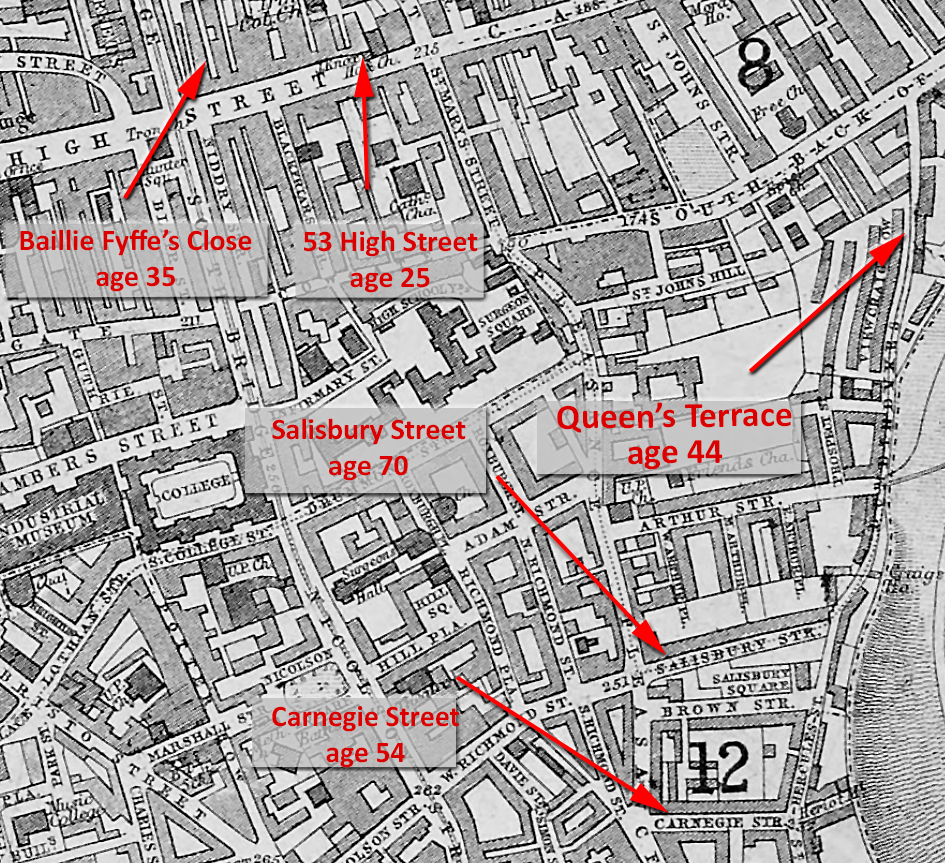

Comments are closed